
An event like Hurricane Ian causes more of us to think about climate change, pollution, and outdoor air quality. But even if you’re fortunate enough not to have ever experienced a natural disaster, 2021 data from the Environmental Protection Agency (EPA) suggests the average American is spending approximately 90% of time indoors. With cooler weather moving in, this is worth considering—especially because the EPA suggests the concentrations of some indoor pollutants are often two to five times higher than outdoor concentrations.
This includes the buildup of mold in the home, and exposure to a large number of mold spores can cause allergic symptoms and reactions that are in some cases severe, and can even put people who have respiratory conditions or are immunocompromised at risk. Not to mention that recent research has connecte long-term mold exposure and neurological decline.
The data might seem bleak…but thankfully, controlling mold in your home can be simple with a few regular habits. The Healthy @Reader’s Digest spoke with Michael Rubino, a mold remediation and air quality expert, and author of The Mold Medic, an Expert’s Guide on Mold Removal, about the top tips for combating mold build-up in the home before it gets too late.
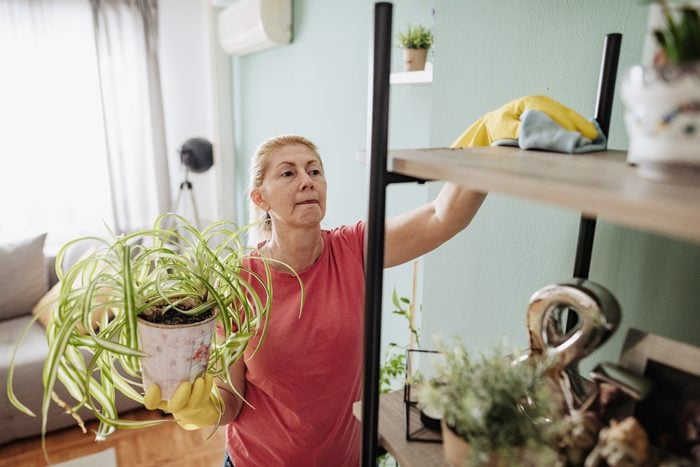
Dust your home
Ever notice the dust in the air when a beam of sunlight floods through your window? That’s just a small glimpse of the dust that travels within our homes, which carries more bacteria than the eye can see.
“Stay on top of dust,” says Rubino. “As we let dust accumulate, we let other things build up—like mold and bacteria, toxins, allergens, and more. Mold and bacteria specifically settle where our dust settles. So if we let a lot of dust accumulate, we’re going to let a lot of that dust accumulate, too. That’s how these things get inside our bodies and cause issues.”
Get wellness wisdom in your inbox daily from The Healthy @Reader’s Digest newsletter
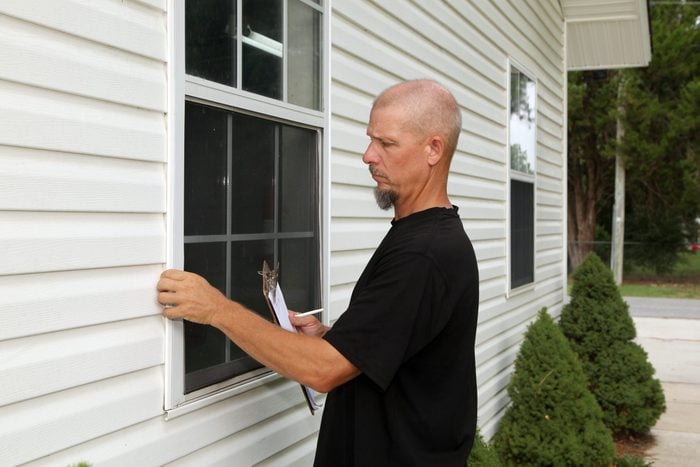
Check outside your windows and doors
“Doors and windows leak over time. If you’re not maintaining them or making sure that they continue to stay sealed, over time they do break down, the seals do wear out and water will come in.”
When it comes to controlling mold growth, Rubino recommends checking the windows and doors outside routinely in order to prevent any damage from creeping inside the home. “It’s not abundantly obvious to us where the water does come in from looking on the inside. So checking the outside, where it actually breaks down is a good idea.” Rubino adds: “The more proactive we are, the fewer problems we will have inside our home.”
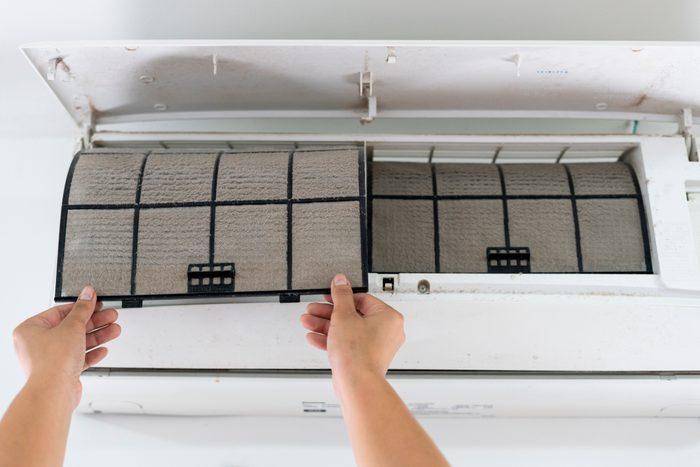
Change your HVAC system filters
Rubino refers to the heating ventilation and air conditioning systems as the “lungs” of our home, since they impact the air we breathe. This is why having the right filters within our HVAC systems is one key for controlling mold in your home.
“They all traditionally have filters, and if we don’t have the right filters or if we don’t change them as frequently as we’re supposed to, the filters don’t work as they are intended,” he says. “Mold and bacteria and virus and toxins, they are all really small—much smaller than our eye can actually see. So if we don’t have a filter that doesn’t protect us against those things, [they] can pass through the filter.”
HVAC systems are also known to condensate…and as Rubino points out, microbes love water. “They provide a ton of water for microorganisms to grow and thrive and reproduce. It’s so good to have a filter on them to prevent these tiny particles from getting into our systems, and recirculating across our house.”
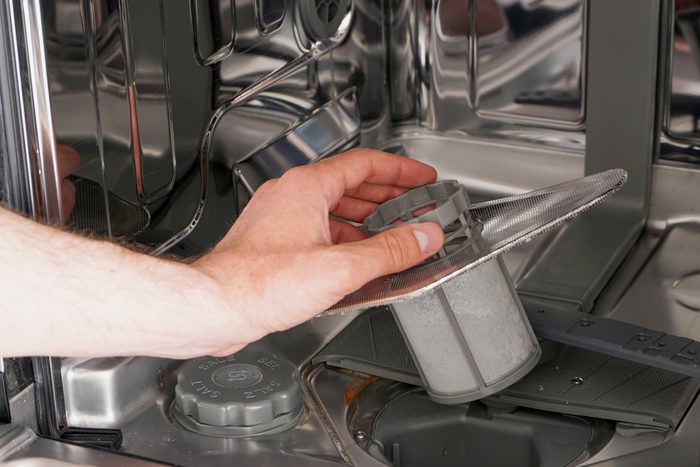
Replace the dishwasher filter
Did you know that the filter within your dishwasher should be cleaned every 30 days, and replaced every three to six months? Rubino suggests opening up your dishwasher and pulling out that bottom tray as a tip for controlling mold, because you may have a scary-looking filter in there that needs replacing ASAP. “People always forget that piece,” Rubino says. “That bottom of that dishwasher and where that filter is located gets pretty disgusting. So if anyone dares to listen and actually open it up and check it out, they would be pretty surprised.”
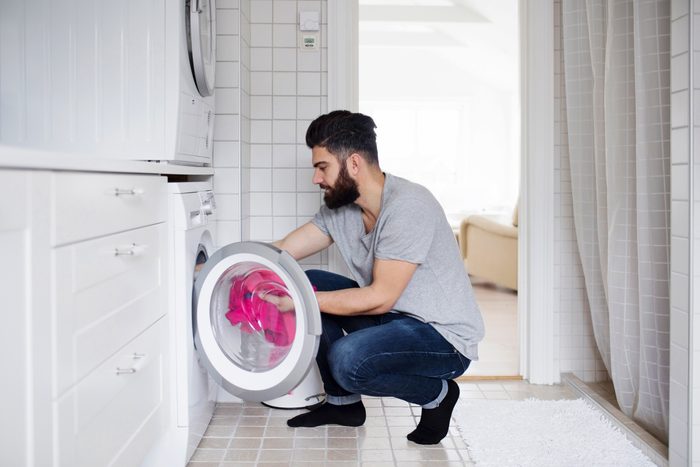
Clean the shower curtain and bath mat
Speaking of routine cleanings, while the shower curtain (plus liner) and bath mat may not seem like much of an issue, these two bathroom accessories can be key culprits for harboring mold within your home. “I would say [wash them] twice a month, or at least once a month because we’re humans and we forget,” he says. “It’s a good idea to wash it and let it dry properly and hang it back up. And be sure to keep the shower liner within the tub, and the curtain outside of the tub, to allow air to pass between the two and dry better.”
The bath mat can also easily accumulate mold and should be washed at least once a week. “And also, when you are changing out the bathmats, it’s also a good idea to clean the tile underneath,” he says. Such solid tips.
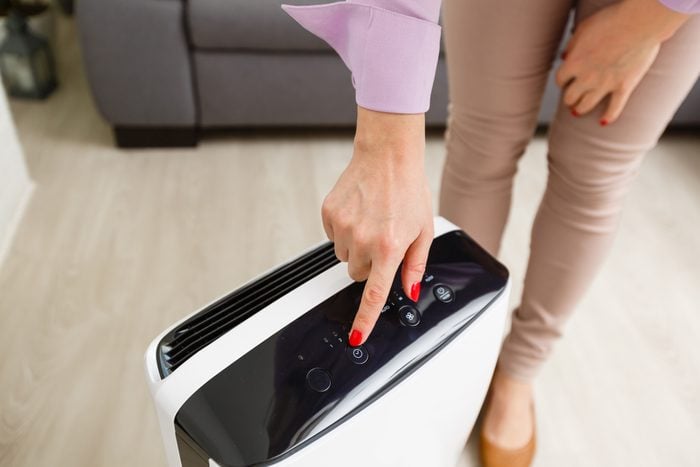
Control the humidity within your home
“If you’re in a climate that is humid, especially in the summertime, you’ll want a dehumidifier,” says Rubino.
He recommends buying a system that will automatically turn off once it reaches a certain level of humidity for controlling mold. “Anything 60% relative to humidity or greater, you are in that area where mold can start to grow.”
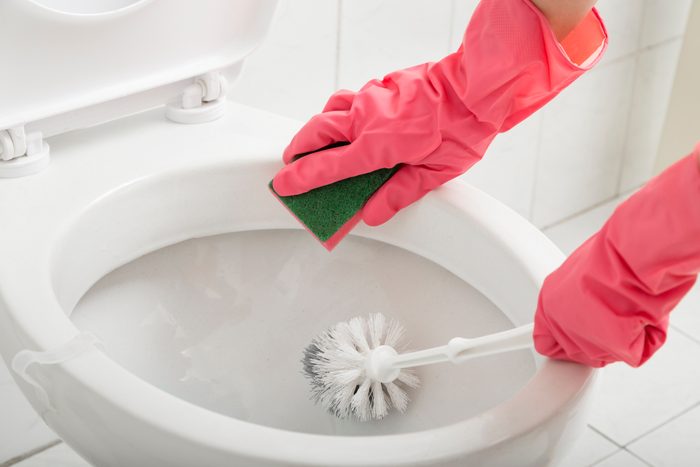
Test the dust and the toilet bowl
Unlike an air quality test, which only tests within a three-foot radius of your home, you can actually test the dust in your home to determine where mold may be lurking.
“Our homes are living, breathing systems, and our air does travel from across the home from one room to another,” says Rubino. “So, you’re still going to pick up what’s in your bathroom and kitchen that’s nearby on the same floor—or heck, even if you test the first floor, you’re going to pick up stuff from the basement because air is going to rot, and it’s going to bring particles with it.”
Dust Allergy? 7 Smart Strategies to Get Rid of the Dust in Your House
The Dust Test uses PCR technology, testing the quantification of DNA within your dust to find any mold issues. While the test does come in a little pricey, it may be a worthwhile expenditure for someone with health issues that mold and dust can aggravate.
Rubino also mentions testing the toilet tank. “If you have mold there, it’s likely there is mold somewhere nearby opportunistically creating other particles to get in that toilet tank. So it’s a good idea if you see mold in that toilet tank to make sure that you don’t have mold nearby,” he says.
For more wellness updates, follow The Healthy on Facebook, Instagram, and Twitter. Keep reading:
- 3 Major Toxins Have Been Found in Popular Clothing Brands—Here’s What to Know
- Next Time You Feel the Sunday Scaries, Psychologists Say These 7 Products Could Help You Deal
- 8 Underwear Mistakes That Can Mess With Your Health
- Here’s the First Thing Amanda Kloots Does When She Gets Out of Bed in the Morning
